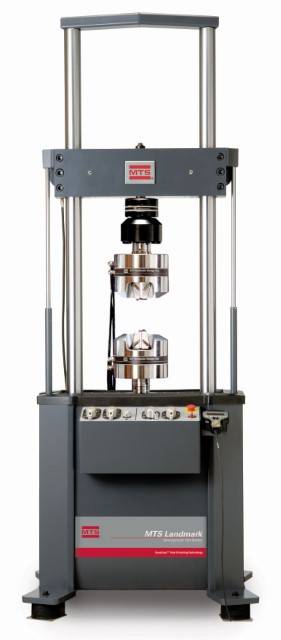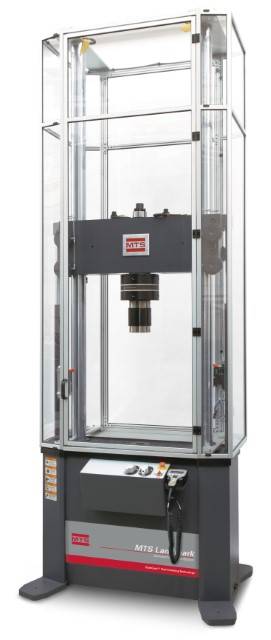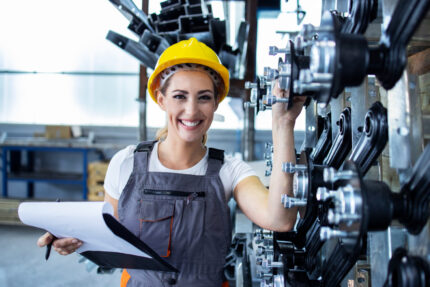Customer’s question: “Do you perform CE certification of a machine after modernization? It’s about retrofitting the machine with a safety cage. The machine itself has CE certification.”
The answer is (obviously) both yes and no.
Yes
Let’s take an example of a machine that comes in versions with „cages” (i.e., with guards) and without.


The first obvious, marketing response: of course, YES, assessing the compliance of machines after modernization with safety requirements, just like assessing machines at any stage of their existence, is one of the fundamental elements of our business.
But
However, a few matters need clarification.
1. The „CE Certificate,” which is a declaration of conformity of the machine with the essential safety requirements (according to Directive 2006/42/EC on machinery), is prepared by the machine manufacturer. An external company (such as ours) can participate in this process in two ways:
- By providing an assessment of the machine confirming that it meets the requirements, which serves as a basis („supporting document”) for the manufacturer to issue the declaration of conformity.
- By taking on the role of the manufacturer and issuing the declaration of conformity themselves.
The second option is problematic because the external company (by formally becoming the manufacturer of the machine) assumes full responsibility for the machine, including its design (e.g., strength calculations). In this case, the external company is also obliged (as the formal manufacturer) to keep the complete technical documentation (including the mentioned calculations), which they would somehow have to obtain (e.g., from the actual manufacturer). This also complicates the issue of trading the machine — the eventual purchaser would probably have to buy it from the formal manufacturer rather than the actual one, as the latter would be (formally) only a component supplier for producing the machine. I do not recommend this approach.
2. As a general rule, modernization is not considered the production of a new machine and therefore does not fall under the Machinery Directive. Issuing a new declaration of conformity based on the Machinery Directive in this situation would be inconsistent with the law, meaning it would be a violation.
In certain cases, „modernization” may actually involve reconstruction, which means creating a new machine using the old one. In that case — and only then — issuing a declaration of conformity for that new machine is necessary. Installing additional safety measures (such as guards) is by no means considered the creation of a new machine.
3. Any changes made to a machine require an assessment of their impact on the safety of the workers using the machine. However, this requirement stems from occupational health and safety regulations (Directive 2009/104/EC), not from the conformity assessment system (Directive 2004/42/EC on machinery).
Image by aleksandarlittlewolf on Freepik. Translated by Aria.


Dodaj komentarz